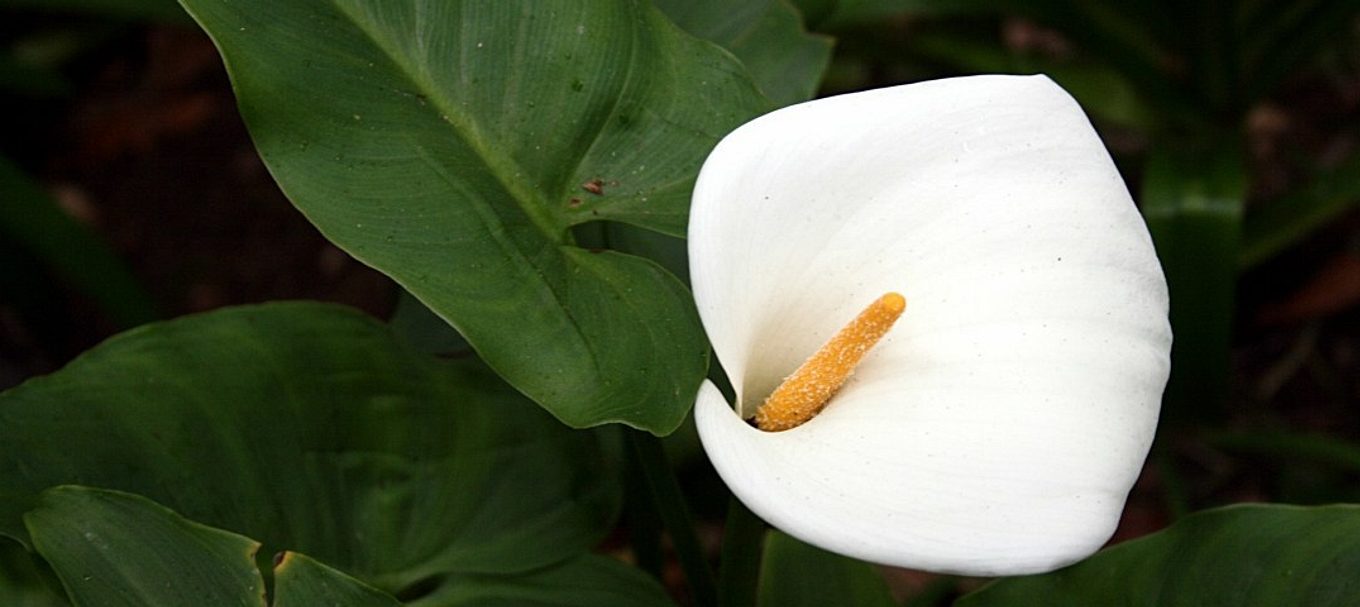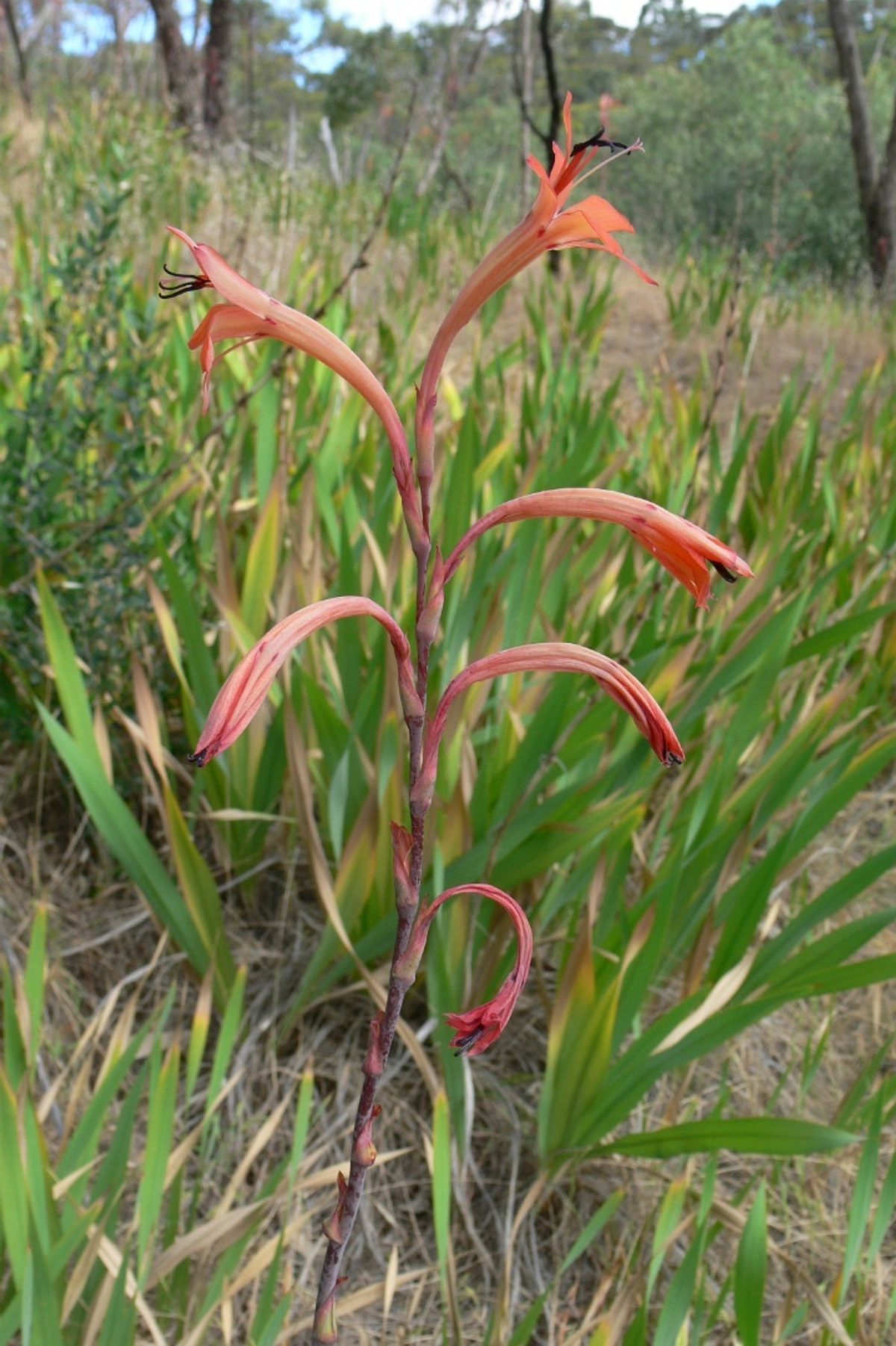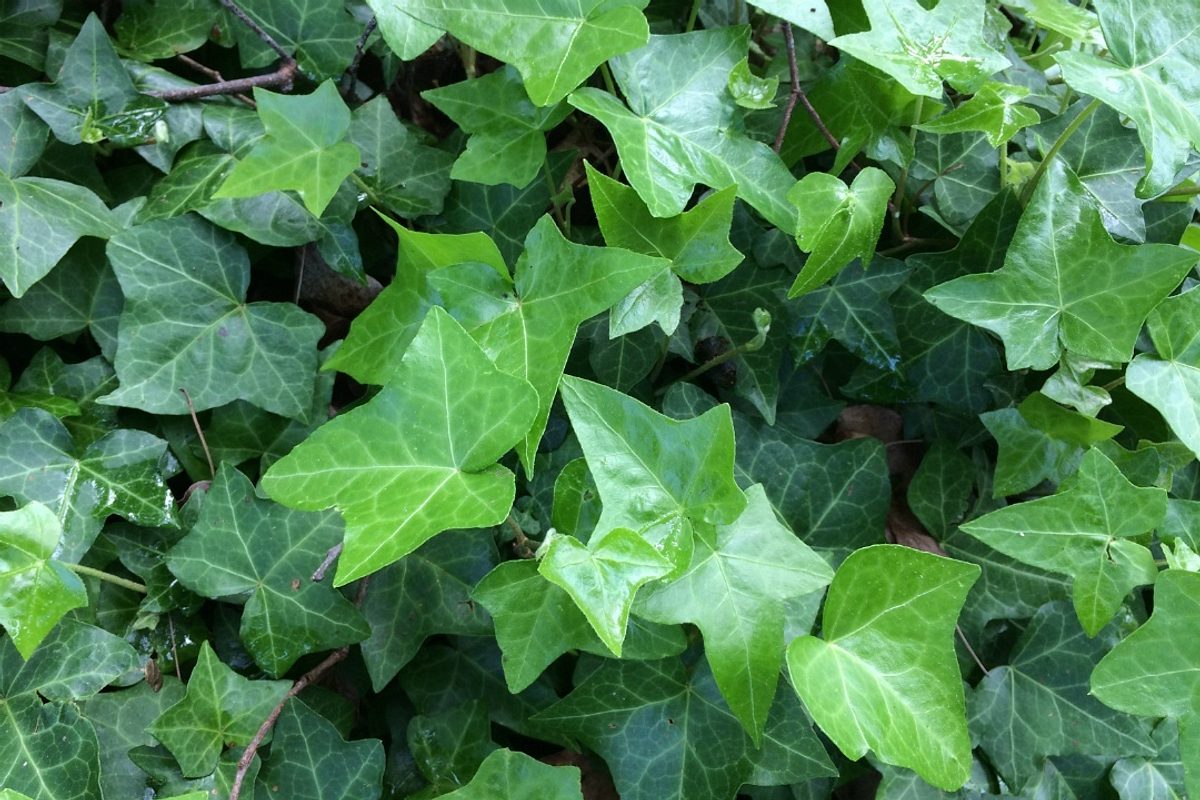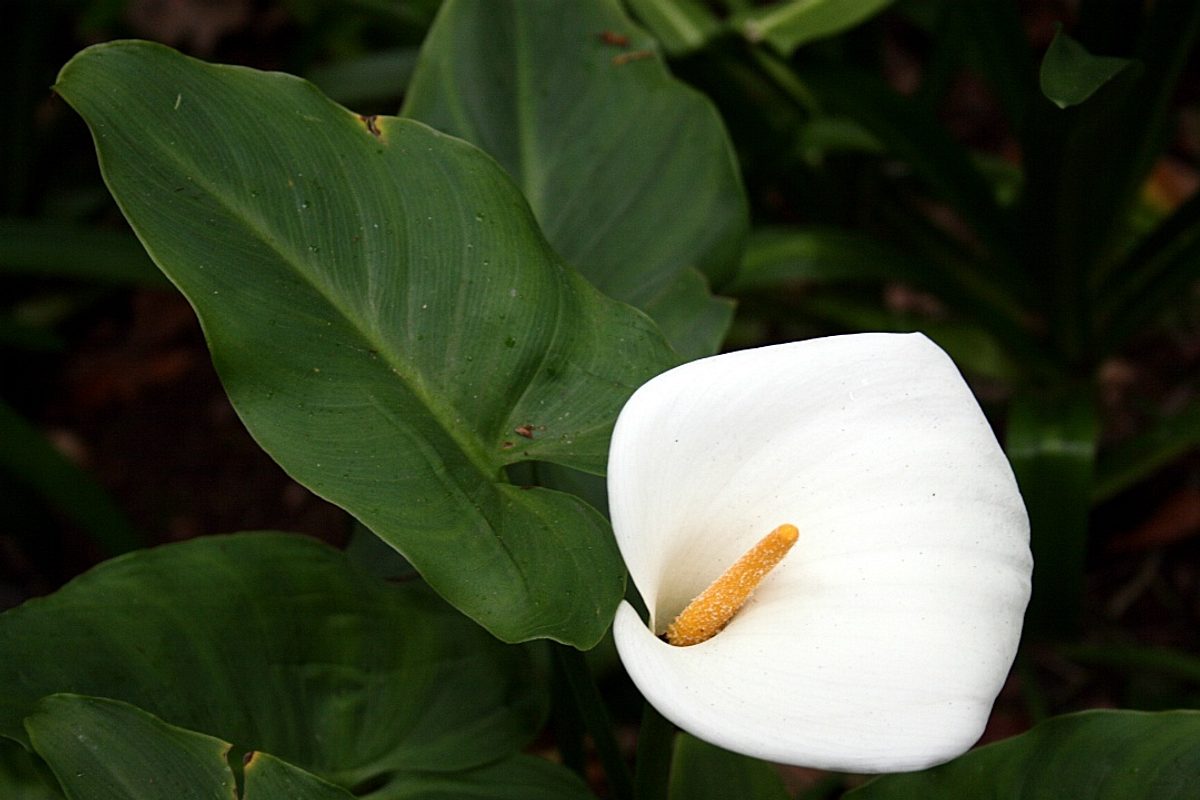
5 plants you might not know are weeds
Weeds come in many shapes and sizes, not all of them obvious. Most of us know the common weeds like dandelions and soursobs, but what about the pretty garden plants that can become bushland monsters?
Here are five that you might not know about:
1. Freesias
These sweet-smelling bulbs are a spring staple in many suburban gardens, but freesias can become a serious problem in bushland.
They are popular with gardeners because they spread so easily by both bulb and seed, but that same trait means they can escape into native vegetation and quickly out-compete wildflowers and other low-growing native plants.
Control freesias by pulling them out bulb and all, or treating them with herbicide before they flower.

2. Agapanthus
Agapanthus is so common in South Australia that the tall blue or white flowers are one of the sure signs of summer.
Originating in South Africa, they are well adapted for our climate and multiply to form large clumps of broad, strappy leaves. Every flower head produces dozens of long, black seeds that can easily spread into bushland via waterways.
If you want to keep your agapanthus borders, make sure you cut off the spent flowers before they drop their seed.

3. Watsonia
Watsonia’s tall orange, red or yellow flower spikes are a colourful, hardy addition to the garden, but like freesias and agapanthus, it also spreads readily. Another South African import, watsonia’s are drought tolerant and very difficult to kill.
Digging out the clumps when the soil is moist, or repeated spraying or wiping the leaves with herbicide during the flowering season are the best ways to get rid of it. Removing spent flowers before seed drop is also very beneficial.

4. English ivy
English ivy is a fast-growing evergreen creeper that has long been popular for covering unattractive sheds and fences, but it can quickly get out of control. It spreads horizontally, creating new roots where it touches the ground, and can climb up and strangle trees.
In winter, it produces small black berries that turn into new ivy seedlings, growing wherever they land. Ivy is very difficult to remove, as its leaves are waxy and therefore resistant to most herbicides, and pulling out the vines often leaves small sections behind to regrow.
Remove ivy from trees by cutting through the vines near the base, then pulling them down when they die and are easier to remove.

5. Arum lilies
Arum lilies, with their pure white flowers, are traditionally associated with funerals. They love wet soil, and can quickly infest creeks and wetlands, so they must not be planted within 100 metres of waterways.
Control them by cutting off the flowers before they can form seed, or digging out the fleshy roots.

What should I grow instead?
There are lots of places to get ideas for more environmentally-friendly plants to grow in your garden. If you’re in Adelaide, why not consult the Natural Resources Adelaide Mount Lofty Ranges planting guides for Adelaide gardens and coastal gardens, or type your suburb into the new online plant selector.
Alternatively, you could visit State Flora or a native plant nursery for advice, or consult the SA gardeners’ guide, Grow Me Instead, for great native and non-native plant alternatives.
Did you know…
Herbicides like glyphosate offer an easy way to treat some weeds, but they should not be used around waterways as they can kill frogs. Frogs have permeable skin, which can easily absorb poisons that would have little or no effect on larger animals.
If you are struggling with a weed infestation in a creek or waterway, or anywhere else on your property, contact your local Natural Resource Centre for advice.
Want to know some other plants to steer clear of in your garden? Check out:5 plants you shouldn’t grow.
(Main image courtesy of Hedwig Storch)





